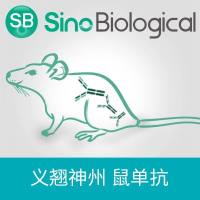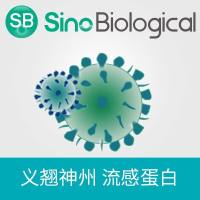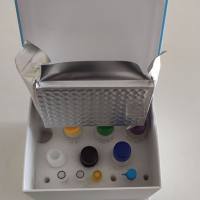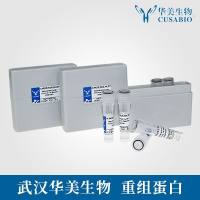Astrocyte Polarization and Wound Healing in Culture: Studying Cell Adhesion Molecules
互联网
571
Astrocytes are highly polarized cells. This is manifest not only during development and in the adult brain, but also following
injury. In response to a wound, astrocytes extend processes that participate in formation of a glial scar, which walls off
lesions in the brain or spinal cord. Similarly, astrocytes in culture polarize dramatically and extend processes towards a
scrape wound. This simple assay has allowed much progress in understanding the cellular events and molecular pathways in astrocyte
polarization (1). Cell adhesion is essential for the early response to the wound, both with respect to process extension and
cell polarization. This is evident in the involvement of members of the integrin family of cell adhesion molecules at the
leading edge of the wounded astrocyte. Understanding the cellular and molecular bases of these events is likely relevant to
astrocyte function during development (radial glia) as well as in wound healing.









